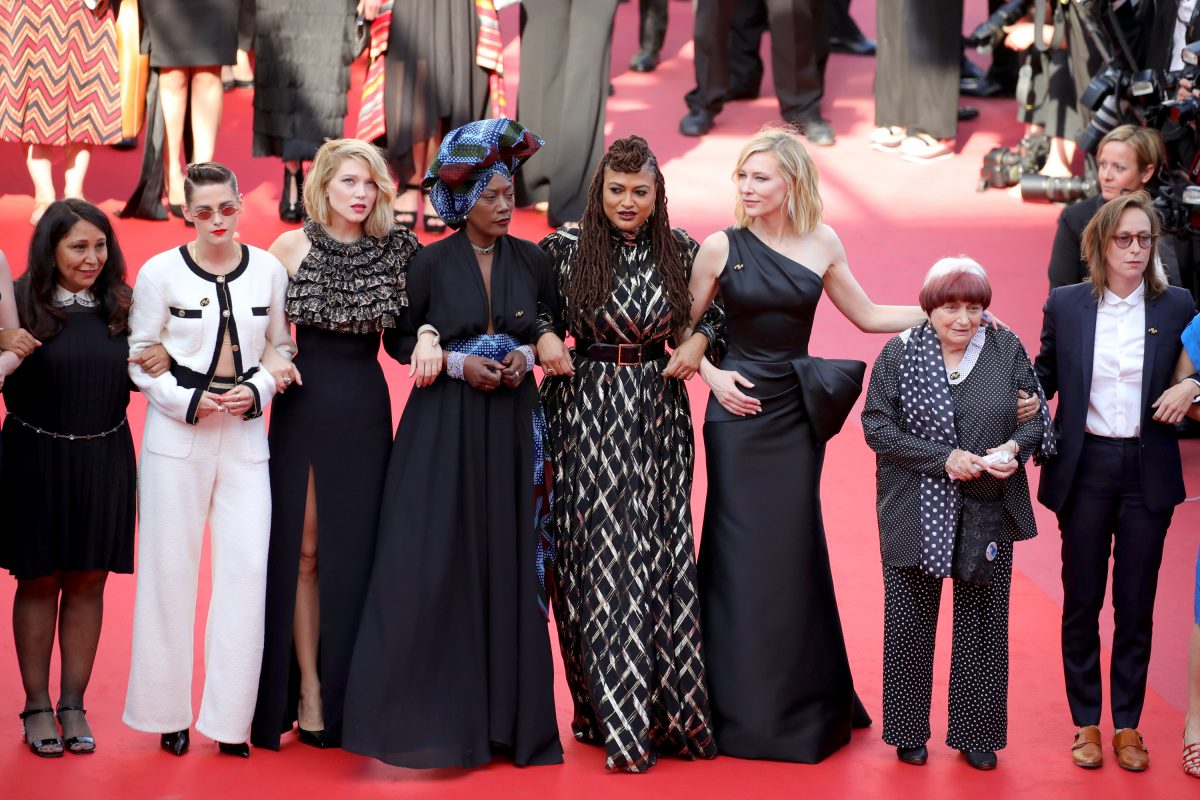Even “Historic Highs” Couldn’t Fix the Gender Gap at Independent Film Festivals
We need to do better.

Plenty of studies have been done on the disparity between male and female directors and writers in Hollywood. As a result, many film festivals have at least said they will try to reach gender parity with what they screen, though some have been reluctant to sign any pledge swearing to do better. In the 2018-2019 festival season, women reached a “historic high” at these festivals, but the numbers are still strikingly low compared to their male counterparts. You can read the full study here.
After analyzing independently produced features at twenty high-profile festivals, the Indie Women study found that, according to IndieWire, “men comprised 68 percent and women 32 percent of all directors, writers, producers, executive producers, editors, and cinematographers working on films (documentaries and narrative features) screening at the festivals in 2018-19. In fact, high-profile festivals in the U.S. screened more than twice as many narrative features directed by men as by women.”
This is an improvement from 2017, when women made up 29% of directors at independent festivals. A three percent increase is nothing to look down our noses at, but at the same time, it still leaves lots of room for improvement. These festivals need to feature more films directed, written, and produced by women.
In an official statement, Dr. Martha M. Lauzen, who complied the data, said, “After many years of tracking stubbornly stagnant numbers, this year, women achieved healthy gains in a number of key behind-the-scenes roles. Despite these increases, it’s important to note that women remain dramatically underrepresented, with independent films employing more than twice as many men as women in these roles.”
This is why it’s so important that there are studies like Indie Women and the ones released by the Annenberg Inclusion Initiative. It’s important that we look at the data so that we can see the progress women have made in the filmmaking industry, but we can also see what needs to be done to make the field more inclusive. Independent films not taking a chance on female creatives in any part of the process is indicative of how Hollywood shuts out women in big studio productions, as well.
Festivals that only opt to screen films by men also, then, shut down the possibility of these female-helmed films finding distribution from a major studios. Festivals like Tribeca, Sundance, and SXSW are grounds for major studios to find films to distribute. If fewer films by women are shown, then fewer films by women will be picked up for major distribution. Women, therefore, don’t have the same chances as their male counterparts.
This is why inclusion is so important. Independent film is one launchpad for directorial careers, and it’s important that women have the same shot that men do. I’m glad to see that we’ve reached a historic high with 32% of women serving as creatives behind the scenes, but part of me won’t be happy until we reach 50% across the board. This is why female directors matter, and why giving chances to female-directed films matters so much.
(via IndieWire, image: Andreas Rentz/Getty Images)
Want more stories like this? Become a subscriber and support the site!
—The Mary Sue has a strict comment policy that forbids, but is not limited to, personal insults toward anyone, hate speech, and trolling.—
Have a tip we should know? tips@themarysue.com